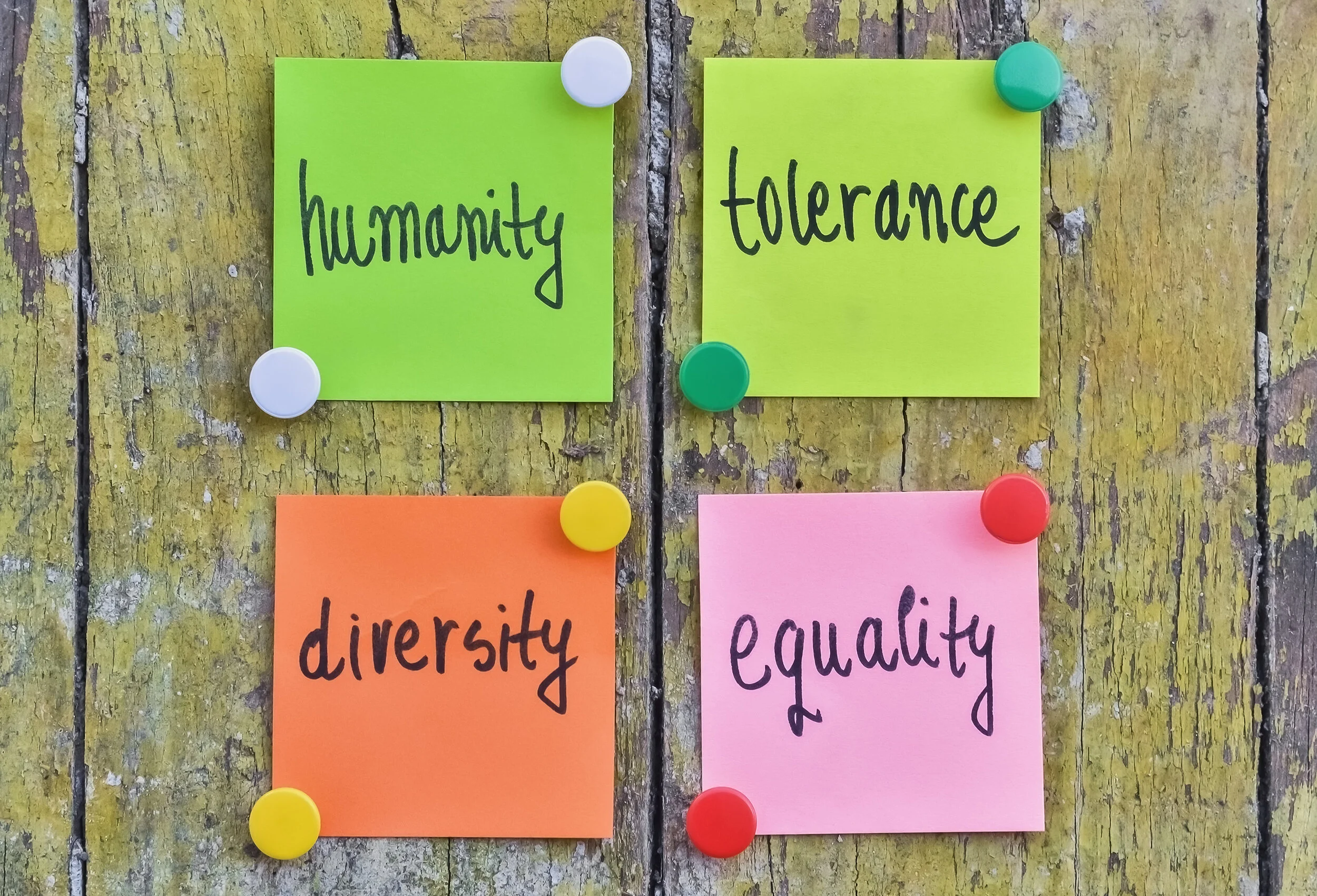Many years ago, when I first started giving speeches, I was in my hotel room in Dubai on the morning of my first keynote address at a leadership conference. My eyes opened wide before my alarm clock sounded, my body was tense with anxiety and overcome with total terror.
I got out of bed in a panic and paced the room repeating, “I cannot give this presentation, I cannot give this presentation, …”
The thought of myself standing on stage in front of 200 people with blank stares quickly escalated my anxiety. So many “what ifs” swarmed my mind: “What if I lose my breath in front of everyone? What if I forget my points? What if the audience does not like it?”
I had traveled across the world from North Carolina to Dubai just for this conference. Changing my mind at the last minute was not an option. In the taxi on the way to the conference, I closed my eyes and prayed that the taxi would get in an accident so I had an excuse not to speak. Yes, I was that terrified and was desperate for any legitimate excuse to get me out of this speech.
The good news — my prayers were not answered and the taxi made it safely to the conference. However, I was visibly trembling in fear as I heard my name announced.
I took a deep breath and said to myself, “feel the fear and give the presentation anyway.” I walked on the stage still shaking, looked at the audience and trusted my mouth would say the words that I had prepared. After few minutes, I realized that even though it was still tough, the fear somehow started to fade once I connected with the audience. I started to feel a sense of joy-filled adrenaline.
Many years have passed since that terrifying morning, and I am now regularly speaking in front of new audiences all the time — even to audiences of thousands. The fear is still present, but over the years, I learned to transform that fear into power that motivates me.
I constantly meet people who avoid public speaking due to the same fear. Many of them do not realize that they are not alone and that this stage fright and fear of judgement is common. Many end up avoiding presenting at all, which yields horrible consequences for their career advancement.
If you are one of these people, here are some tips I learned over the years to help conquer stage fright:
1. Practice, practice, practice. Trust me, you will not be able to conquer the stage fright without actually speaking in public. Volunteer every time there is an opportunity for you to give a presentation. After you volunteer, make sure to practice in front of friends or co-workers. Practicing in a safe, judgement-free environment will help you prepare your body movements, eye contact, and using your visual presentation.
2. Don’t memorize your presentation. Memorization makes you more nervous and reciting by memory is boring for the audience. When you memorize a speech word-for-word the fear of forgetting becomes more overwhelming and makes you less comfortable giving your presentation. Instead, create an outline with one word for each main point that you want to cover, and get comfortable with the flow.
3. Focus on the value that you are delivering. Your presentation is not about what people think about you. Instead, it is about the positive value that you are bringing: new ideas, innovations, and products. Once the audience senses that you have value to offer, they will connect with you. This feeling of connection will put you at ease.
4. Create a ritual to do before each presentation. Some people need to calm down, sit in a quiet place, or do breathing exercises, while others need to feel energized and do physical activities that increase their energy. Find what works for you and create your own ritual.
5. Prepare a question. The best advice I ever received was to prepare a question ahead of time to ask the audience in case you lose your breath at the beginning of the presentation. While the audience is thinking about the question and answering it, that gives you few moments to catch your breath.
6. Go to the conference room early. Before anyone arrives, stand there, feel the environment, and practice your presentation. This will allow you to feel more comfortable with your surroundings.
7. Engage the audience. Initiate a discussion, make them laugh, and encourage them to share their experiences. The more you engage the audience, the less fearful you will be since you can now gauge how they are responding to your presentation.
8. Be open to feedback. It is okay for your presentation or speaking skills to not be perfect as long as you learn from the experience and are open to input so you can continue to improve. A great way to get feedback is to join a local Toastmasters chapter. It is the best environment to practice and receive constructive feedback from individuals who practice weekly.
So, next time you get the chance, say yes to public speaking and prepare with these eight tips. Remember, you can feel the fear and give the presentation anyway! You can do this!






















